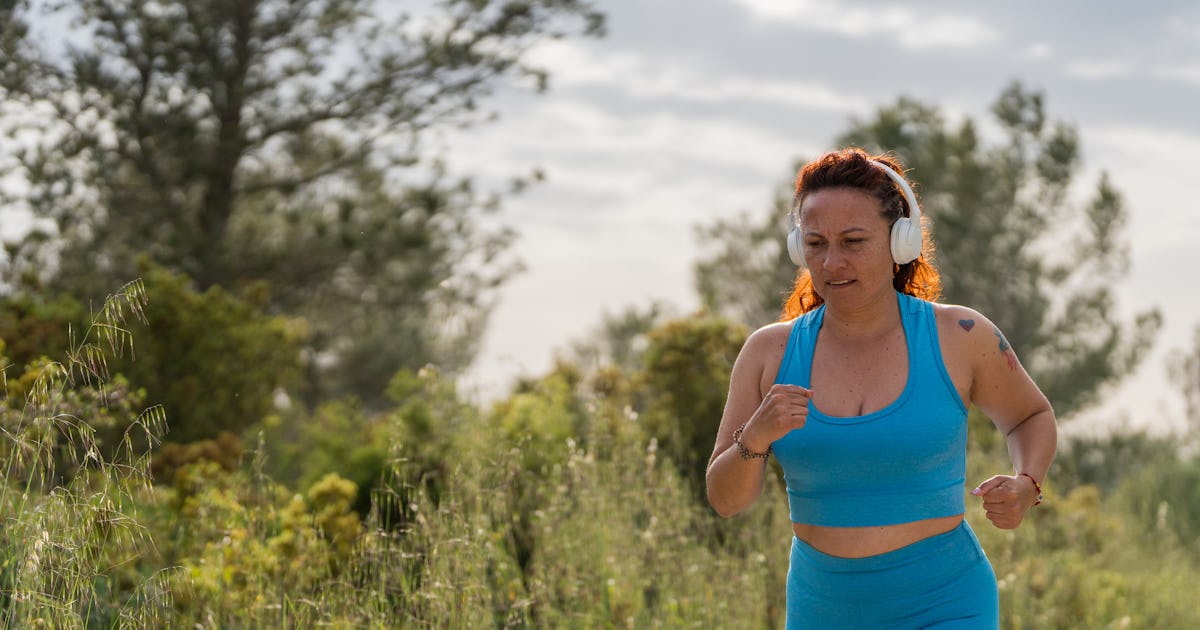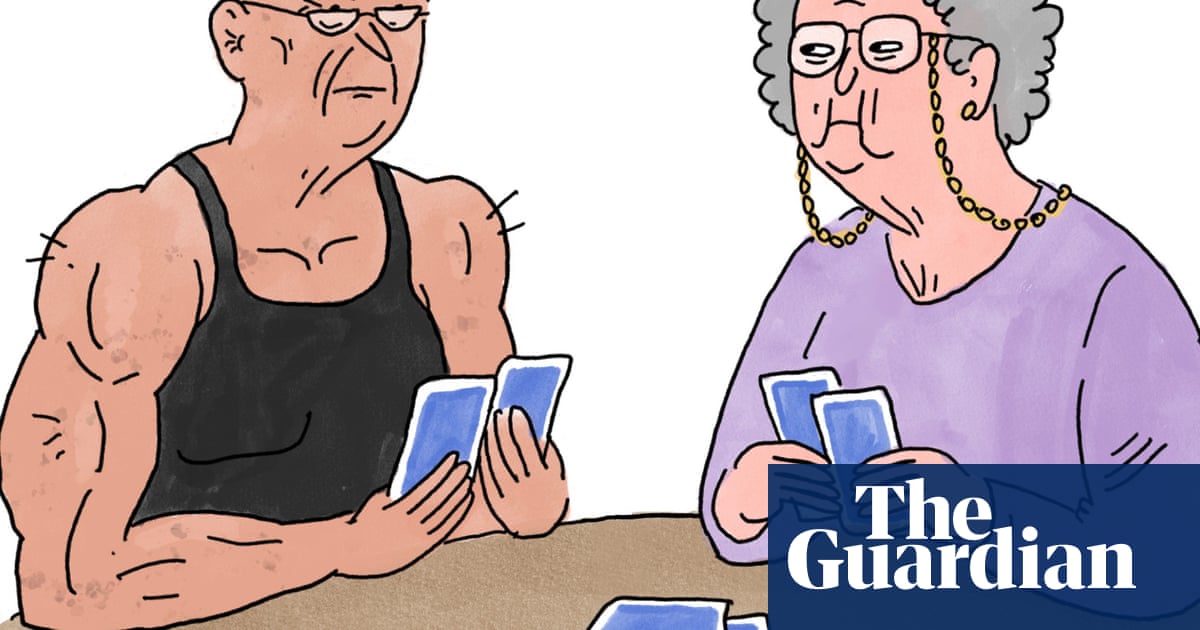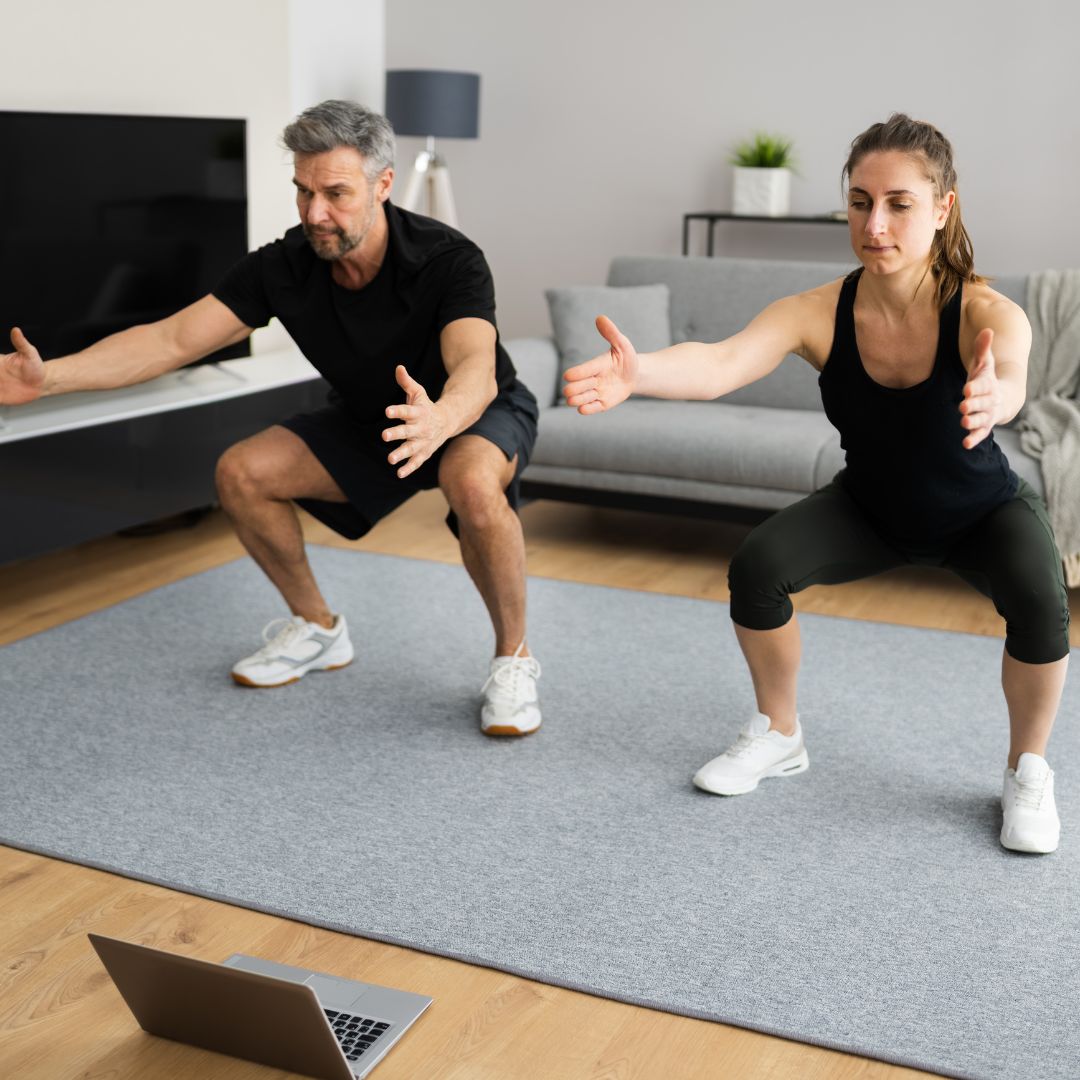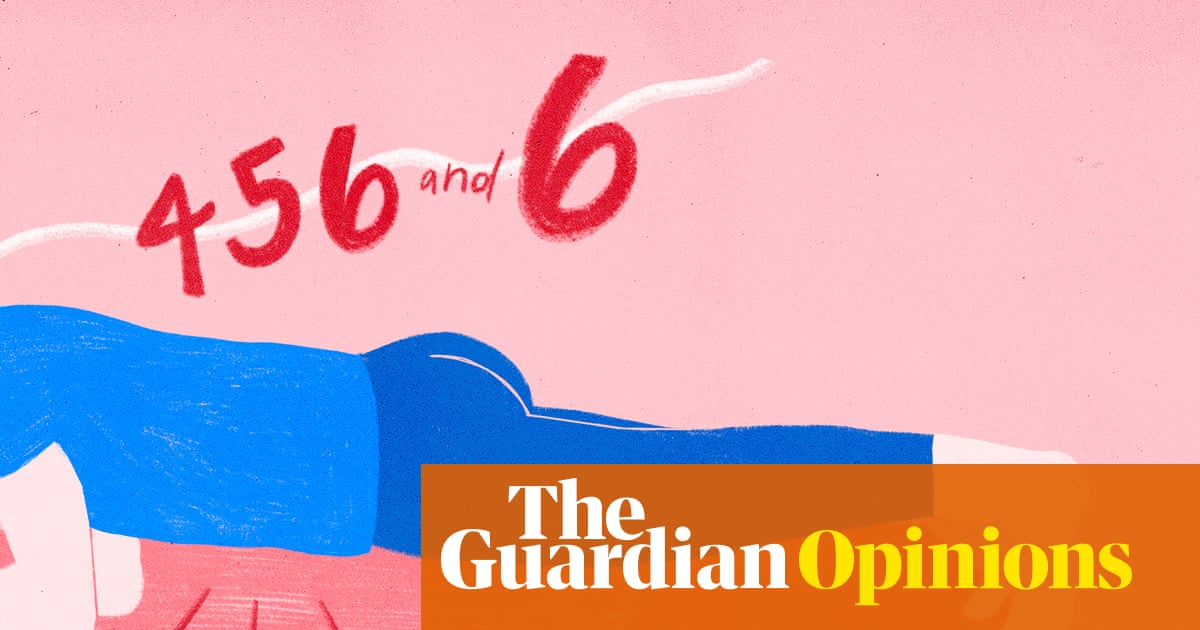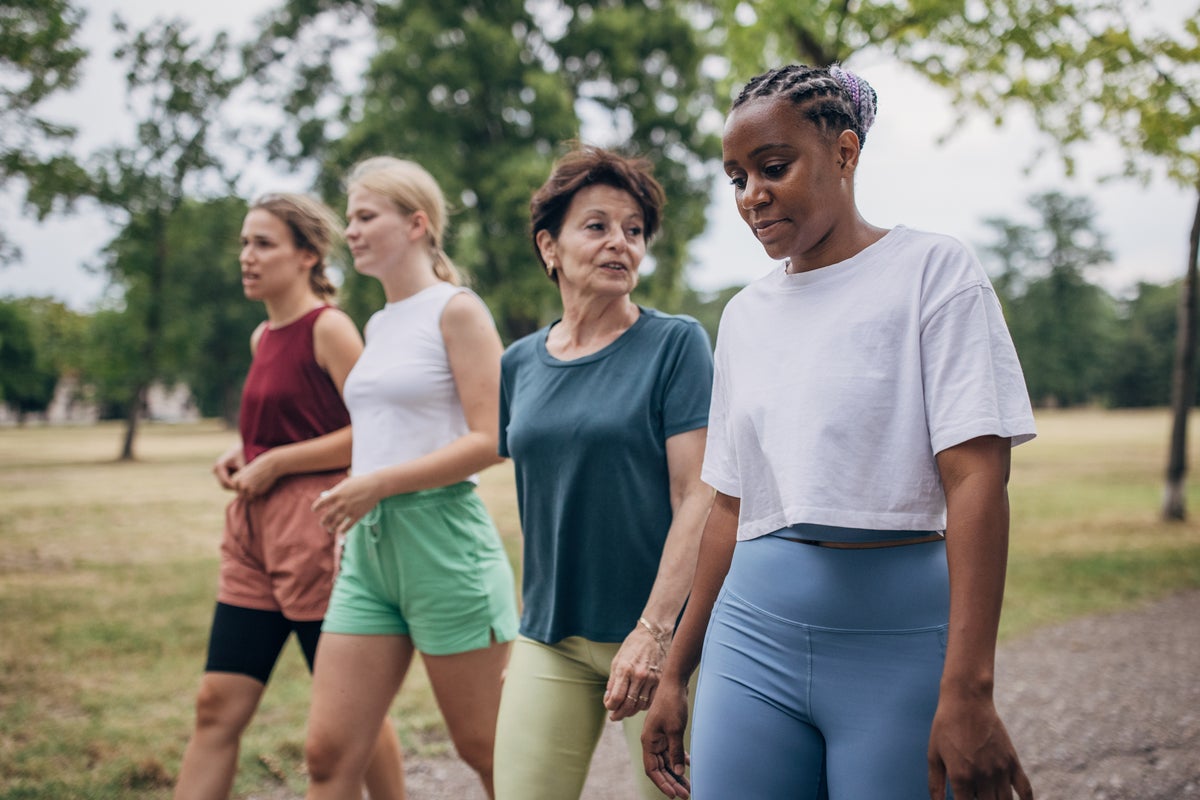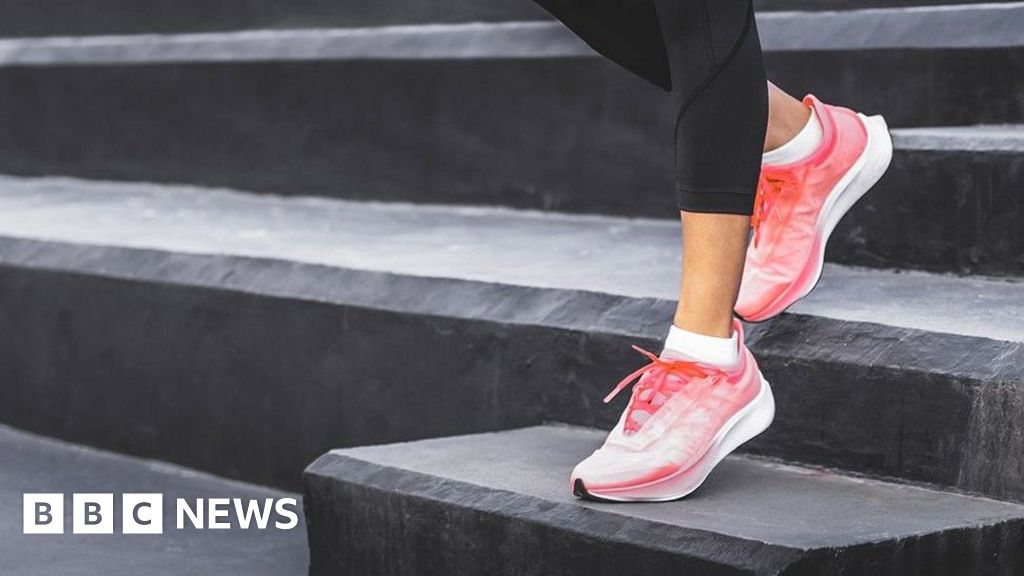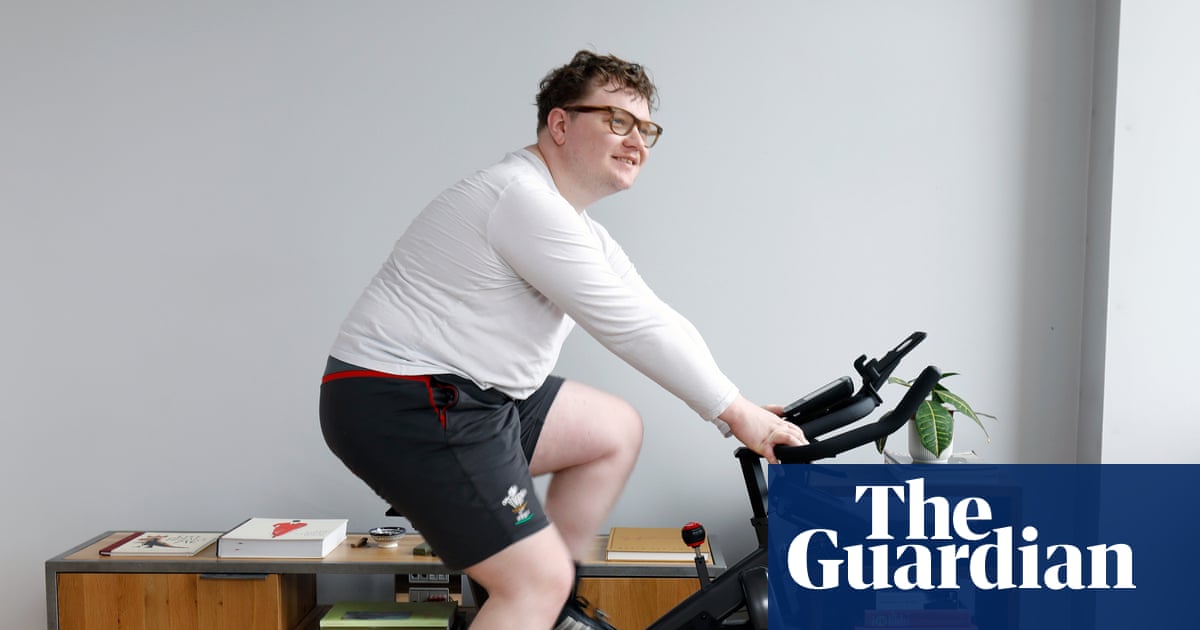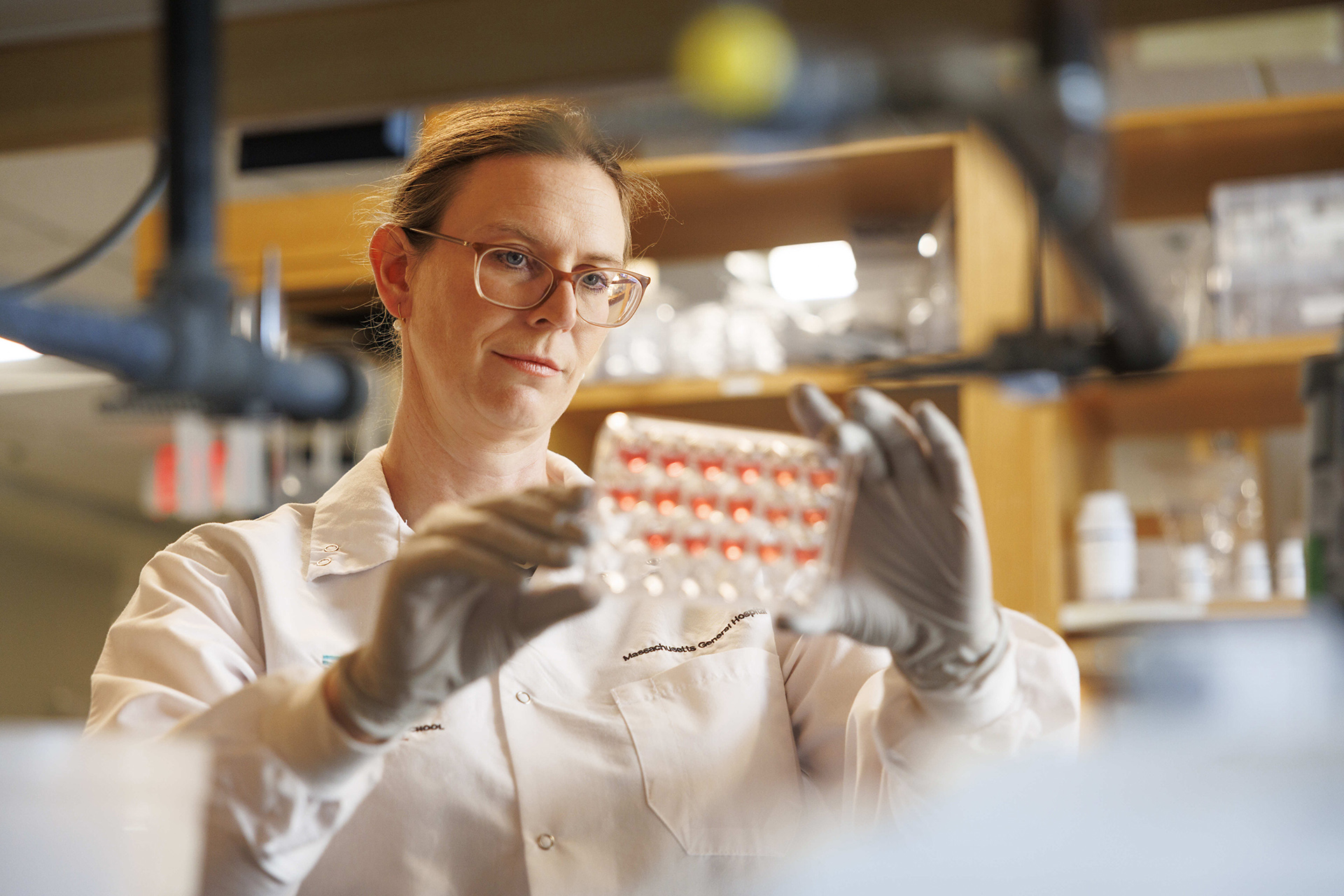fromBikeMag
2 weeks agoHow Much Bike Riding It Takes to Burn Off Thanksgiving Dinner
Somewhere between the third scoop of mashed potatoes and the questionable decision to "just try a tiny slice of every pie," a dangerous thought hits every rider: "It's fine. I'll ride it off tomorrow." A typical Thanksgiving plate-with a gravy lake, a two-story stuffing tower, and the dessert that you swore you didn't have room for-comes out to roughly 4,500 calories ... and that's before you make your way to the fridge for a late-night snack like a raccoon in sweatpants.
Bicycling

